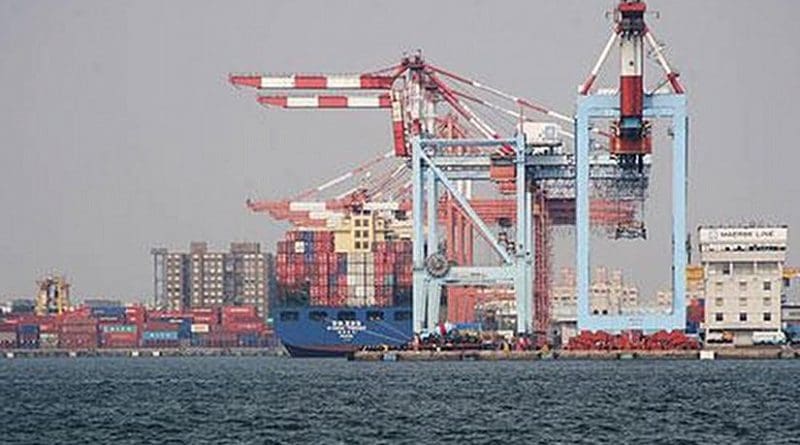Spain: Exports Hit All-Time High, Trade Deficit Falls By 26.6%
Spanish exports of goods grew by 0.9% between January and October 2016 compared with the same period of the previous year, amounting to 210.29 billion euros, an all-time high since records began. Imports fell by 1.6% to 225.35 billion euros.
Consequently, the trade deficit for the first ten months of 2016 stands at 15.06 billion euros, 26.6% less than in the same period of 2015 and the second best balance in these months since 1997, only bettered by 2013. Spanish exports outperformed those of the Eurozone and the European Union.
By volume, exports grew by 3%, since prices measured by Unit Value Indices fell by 2% while imports grew by 2.4% due to prices falling by 3.8%.
The coverage rate (exports over imports) stood at 93.3% (2.3 percentage points higher than in January-October 2015). It is the second best figure since records began, only bettered in 2013.
The non-energy balance posted a deficit of 1.8 billion euros (2.16-billion euro surplus in the cumulative figure to October 2015) while the energy deficit fell by 41.6% due to the substantial decline in energy prices.
The positive trend in Spanish exports between January and October contrasts with the trend in surrounding areas: in the Eurozone exports fell by 0.4% and in the European Union by 1.2%. Exports were also down in France (-2.2%) and the UK (-3.2%), while growth in Germany (0.3%) and Italy (0.2%) was positive, but less so. Meanwhile exports from the USA (-4.6%), China (-6.9%) and Japan (-9.3%) also declined.
Economic sectors
All main sectors reported export growth. Capital goods (accounting for 20.1% of the total) grew by 1.5%; the automotive sector (18% of the total) grew by 7.4%, and food, drink and tobacco (16.7% of the total) grew by 5.9%.
The main positive contributions to exports came from the automotive sector (contributing 1.3 percentage points), food, drink and tobacco (0.9 points), consumer manufactures (0.5 points), and capital goods (0.3 points). The sectors that most dragged exports came from other goods (-1.6 points), non-chemical semi-manufactures (-0.4 points), raw materials (-0.1 points), and chemical products (-0.1 points).
With regard to imports, the consolidation of the recovery of the Spanish economy is driving growth in most sectors. Imports of capital goods (21.7% of the total) increased by 7.3%, automotive imports (13.8% of the total) grew by 4.4%, purchases of consumer manufactures (up by 6.4%), food, drink and tobacco (up by 4.1%), and durable consumer goods (up by 8.6%).
The main positive contributions to imports in January-October came from capital goods (a contribution of 1.4 points), consumer manufactures (0.8 points), the automotive sector (0.6 points), and food, drink and tobacco (0.5 points). The greatest negative contributions were from energy products (-4.2 points), chemical products (-0.5 points), and raw materials (-0.4 points).

